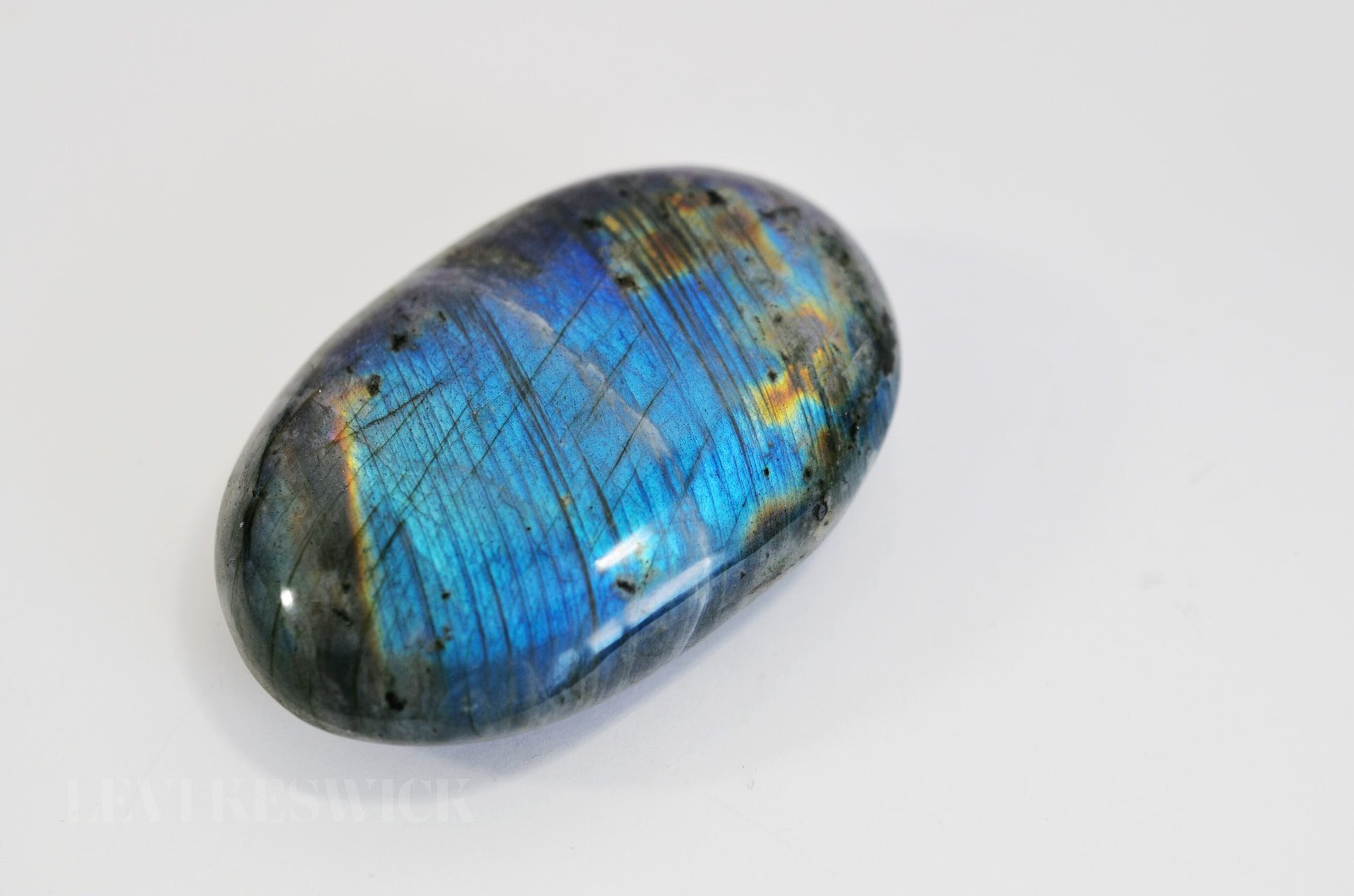Key Takeaways:
- Labradorite’s beauty lies in its mesmerizing iridescence, often compared to the Aurora lights.
- The stone’s value hinges on factors including its color play, background hue, pattern, and craftsmanship.
- Not all Labradorite stones exhibit the iridescence phenomenon.
- The yellow labradorite price per carat, especially for the rare Oregon sunstone variety, can reach up to $500.
- While Labradorite is widely available globally, discerning between real and fake variants is essential.
The Allure of Labradorite
Known for its captivating iridescence reminiscent of the Northern lights, Labradorite has long enchanted jewelry enthusiasts and mineral collectors alike. However, understanding its true worth goes beyond merely appreciating its beauty.
Labradorite’s Unique Optical Charm: Labradorescence
Much of Labradorite’s allure comes from its play of color, popularly termed as labradorescence. This phenomenon, where light waves interfere with the stone’s microscopic mineral layers, creates shimmering bands of spectral color, predominantly in blues and greens.
It’s this mesmerizing dance of light within the stone that largely determines its value. As such, those labradorites showcasing a full spectrum of colors, termed spectrolites, command a premium. Particularly, red and orange hues of labradorescence are rare and, therefore, highly sought after.
Factors Influencing Labradorite’s Price
- Intensity of Iridescence: The more vibrant and dramatic the color shifts, the higher the price the stone fetches.
- Pattern & Distribution: Stones with evenly distributed colors, where the flashes are more predictable and centralized, often demand higher prices.
- Background Hue: A stone’s background color plays a pivotal role in enhancing or diminishing its labradorescence. While the light gray background of larvikite from Norway tends to suppress the spectral outburst, labradorites from places like Ukraine, Canada, and Madagascar, which have a black background, offer the best contrast.
- Craftsmanship: Labradorite’s intrinsic value is often amplified or diminished based on the craftsmanship. Proper orientation during cutting to maximize the play of color is vital. The most valuable specimens exhibit the play of color predominantly in a face-up position.
The Yellow Labradorite Price Per Carat Conundrum
When evaluating yellow labradorite price per carat, it’s essential to understand the variant in question. While common Labradorite cut as cabochons can range from $5-50 based on the play-of-color and size, the prized Oregon sunstone variety, a type of Labradorite, can reach prices up to $500 per carat, especially if they are bi-colored with hues of orange, green, or bloody-red.
Global Sources & Availability
Despite its otherworldly beauty, Labradorite is quite ubiquitous. Major suppliers include Canada, where it was first discovered and documented scientifically. Europe sources its Labradorite mainly from Norway, Finland, and Ukraine. However, Madagascar stands out as the global leader, especially for the highest quality Labradorite and its variety, spectrolite.
Crafting Authentic Purchases
One must tread carefully when purchasing Labradorite. Its unique play-of-color is challenging to replicate, making genuine stones distinguishable from imitations. However, the presence of plastic fakes in the market necessitates a discerning eye and adequate knowledge.
Wrapping It Up
Labradorite, with its captivating interplay of colors, offers a unique blend of natural beauty and mineralogical intrigue. While its value can fluctuate based on various factors, its timeless charm remains constant. For those looking to acquire a piece of this luminous gem, understanding its worth, the nuances in yellow labradorite price per carat, and its global sources can ensure a fulfilling and authentic purchase.








